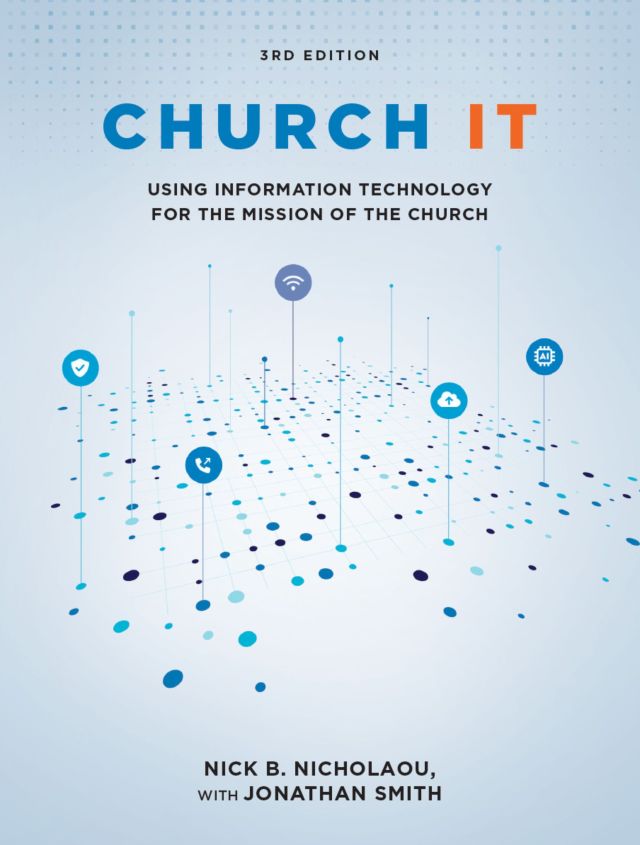Key point 4-05. Most courts have rejected clergy malpractice as a basis for liability in all cases. A few courts have found clergy guilty of malpractice for engaging in sexual misconduct with an adult or minor, or if they engage in “nonreligious” counseling.
Key point 10-11. A church may be legally responsible on the basis of negligent supervision for injuries resulting from a failure to exercise adequate supervision of its programs and activities.
A Connecticut court ruled that the First Amendment prevented it from resolving a woman’s claims that the church and its pastor were responsible for injuries she sustained when she fell backward and hit her head on the floor while participating in a healing service. A church conducted a weekly “healing service” that was open to the public. A woman (the “plaintiff”) attended one of these services and was injured when she fell backward while the church’s pastor was praying for her. The plaintiff described the service as follows:
At these services the church’s pastor anoints and prays over each person by having each person come to the front of the church. The pastor anoints the person’s forehead and prays over them. Often, people will fall back in a relaxed state as the pastor prays over them. This is sometimes called “resting in the Spirit.” There are always catchers, men who stand behind the person being prayed over. The catcher catches the person before they hit the floor and places them gently on the floor until they wake up again.
Although the plaintiff expected that a catcher would be placed behind her while she fell backward to ensure she would not fall onto the floor, she was not caught from behind. Her head struck the floor, resulting in severe and painful injuries.
The plaintiff sued the church, claiming that her injuries were caused by the church’s failure to exercise the degree of care and skill ordinarily and customarily used by churches performing healing services. Specifically, the plaintiff alleges that the church was negligent in the following ways:
- failure to have attendees seated or kneeling while being prayed over;
- failure to provide a safe, soft surface for attendees, including the plaintiff, to fall to, if and when they fell or “rested in the Spirit”;
- failure to warn attendees, including the plaintiff, about the possibility of injury while “resting in the Spirit”;
- failure to promulgate and enforce rules, regulations, standards and protocols for attendees, such as the plaintiff;
- failure to adequately train and supervise the “catchers” at the healing service;
- failure to choose “catchers” who were physically and mentally fit to exercise their duty as “catchers;”
- failure to choose an appropriate number of “catchers” for the healing service; and,
- failure to utilize that degree of care and skill or diligence ordinarily exercised by charismatic churches.
The plaintiff also asserted that the pastor of the church was guilty of “clergy malpractice” for failing to ensure that the healing service was conducted in a safe manner.
negligence
The church asked the court to dismiss the case on the ground that the court was barred by the First Amendment guaranty of religious freedom from deciding whether healing services are conducted in a negligent manner. The plaintiff insisted that the court could resolve her claims because “there is nothing in the allegations of the complaint nor [the] facts of the incident that could possibly contemplate the examination of worship or spirituality.” A state appeals court agreed with the church and dismissed the case. It observed:
The present case clearly involves issues of religious doctrine and practice, and the court does not have jurisdiction to resolve this dispute. The plaintiff’s allegations stem from an injury that she suffered while voluntarily participating in a healing service …. She alleges that she was injured after she approached the altar, was prayed over, and “rested in the spirit,” causing her to fall backward and hit the floor with the back of her head. These claims are based on the church’s allegedly negligent performance of the healing ritual. The performance of a religious healing ritual certainly falls under the types of doctrines and practices which the First Amendment is designed to protect.
The plaintiff argues that First Amendment protections do not apply because the church’s allegedly tortious conduct was not religious in nature. She claims that her allegations deal merely with simple negligence and that “there is nothing in the allegations of the complaint nor facts of the incident that could possibly contemplate the examination of worship or spirituality.” This argument, however, fails to acknowledge that the incident giving rise to the plaintiff’s complaint occurred during a religious healing ritual. It would be improper to completely remove the incident from the religious context in which it occurred. Thus, despite the plaintiff’s argument that the church’s alleged omissions during the healing ritual are not religious in nature, the subject matter of the complaint clearly involves issues of spirituality and religious worship.
The court acknowledged that the First Amendment did not bar the civil courts from resolving lawsuits seeking to hold churches responsible for the molestation of children by clergy and lay workers, but it concluded that those cases, unlike the present case, did not involve behavior that was directly associated with religious doctrine or practice. It observed: “In those cases, the plaintiffs’ claims stem from allegations of intentional tortious conduct—the sexual abuse of minors by members of the clergy—which have no connection whatsoever to religious doctrine or practice …. The plaintiffs’ [claims] could proceed because analysis of such claims would not require impermissible delving into issues of worship and spirituality. In contrast, in the present case, the plaintiff alleges that the church was negligent in failing to establish adequate safety precautions for voluntary participants during a healing ritual service …. The facts of the clergy sex abuse cases are distinct from the present case, where the conduct complained of is clearly ecclesiastical in nature.”
clergy malpractice
The plaintiff alleged that the pastor “failed to exercise that degree of care and skill ordinarily and customarily used by ministers performing … healing services under all the facts and circumstances.” The court observed: “Malpractice is commonly defined as the failure of one rendering professional services to exercise that degree of skill and learning commonly applied under all the circumstances in the community by the average prudent reputable member of the profession with the result of injury, loss, or damage to the recipient of those services.”
The appeals court noted that “courts throughout the United States have uniformly rejected claims for clergy malpractice under the First Amendment because such claims would necessarily entangle the court in the examination of religious doctrine, practice, or church polity.” In dismissing the plaintiff’s clergy malpractice claim, the court observed:
For a court of law to determine the plaintiff’s claims, it would be required to ascertain whether the church performed within that level of skill commonly applied under the given circumstances by the average prudent clergy member. Such analysis, however, would necessarily involve evaluating the religious practices at issue. To evaluate the plaintiff’s claims, the court would need to define the appropriate standard of care and determine whether the clergy acted in accordance with that standard of care. Devising guidelines and protocols for clergy members presiding over religious services, however, would entangle the court with issues of religious doctrine and practice, which is exactly the type of conduct prohibited by the First Amendment.
What This Means for Churches:
This case is important for two reasons. First, it illustrates that churches that conduct healing services will not necessarily be liable for injuries that occur to participants who fall and are injured. Second, it demonstrates the continuing refusal by the courts to recognize clergy malpractice claims. Kubala v. Diocese, 2011 WL 2436680 (Conn. Super. 2011).
This Recent Development first appeared in Church Law and Tax Report, May/June 2012.




